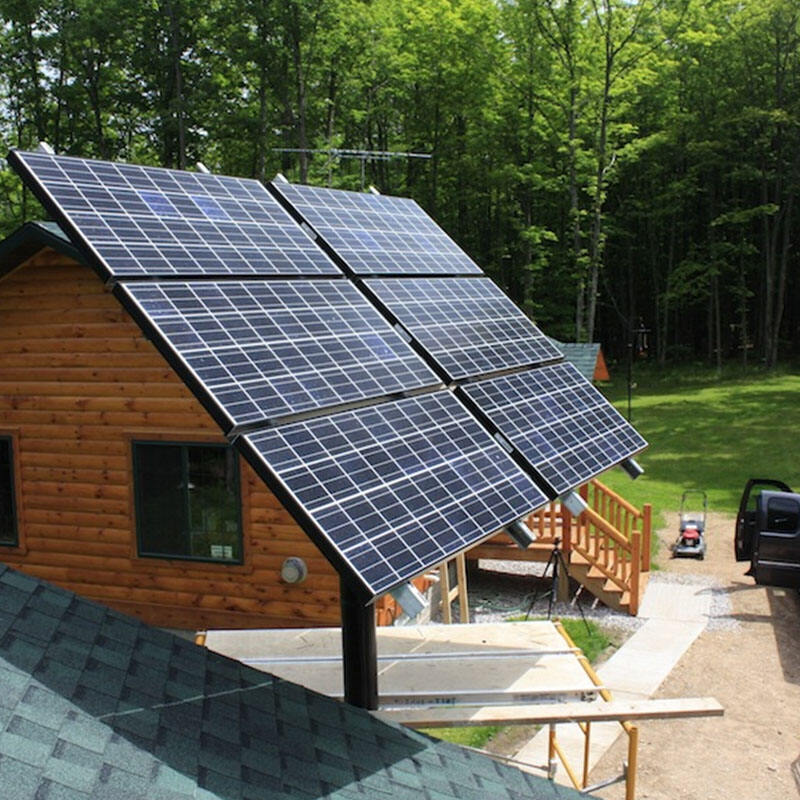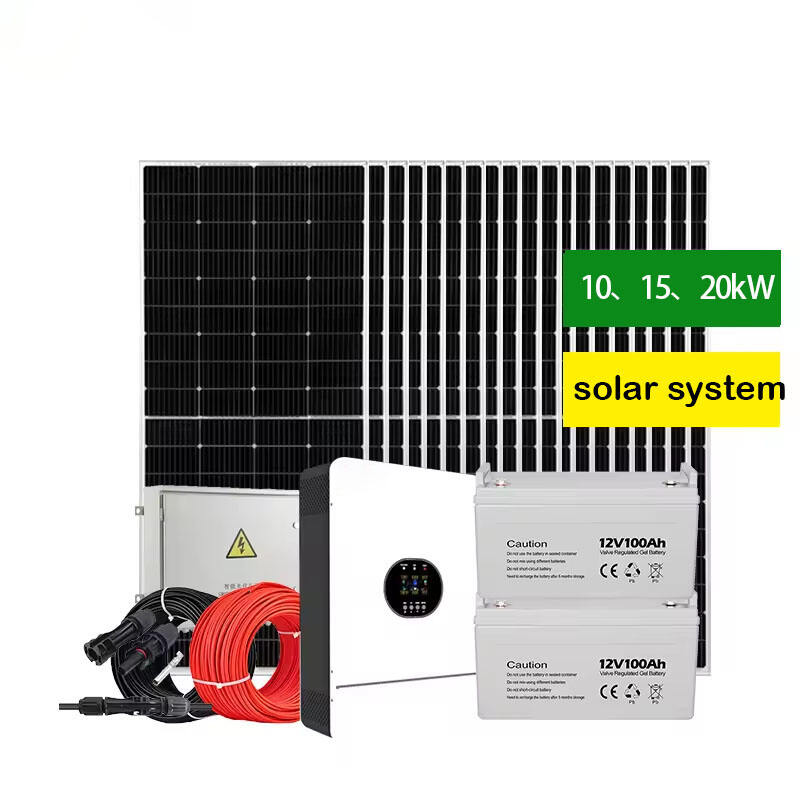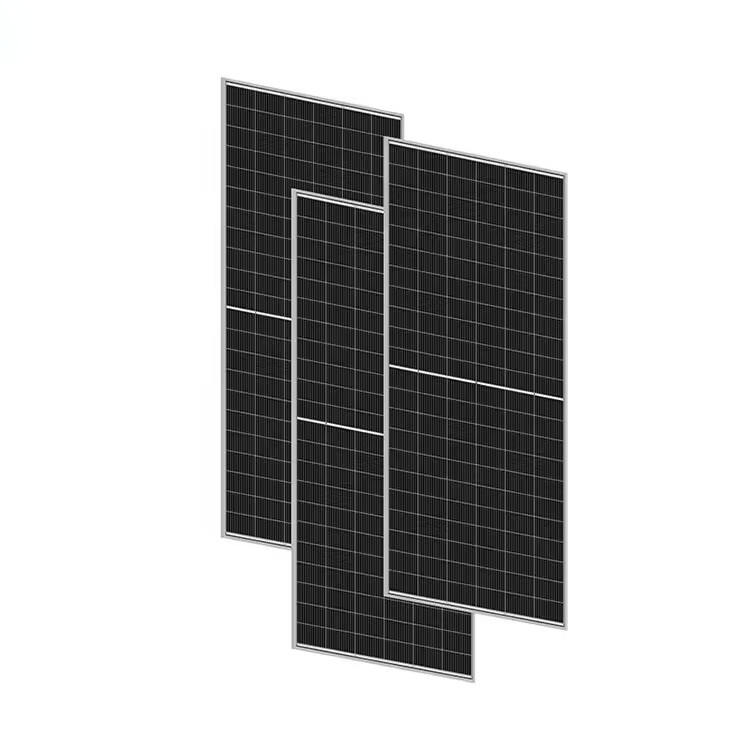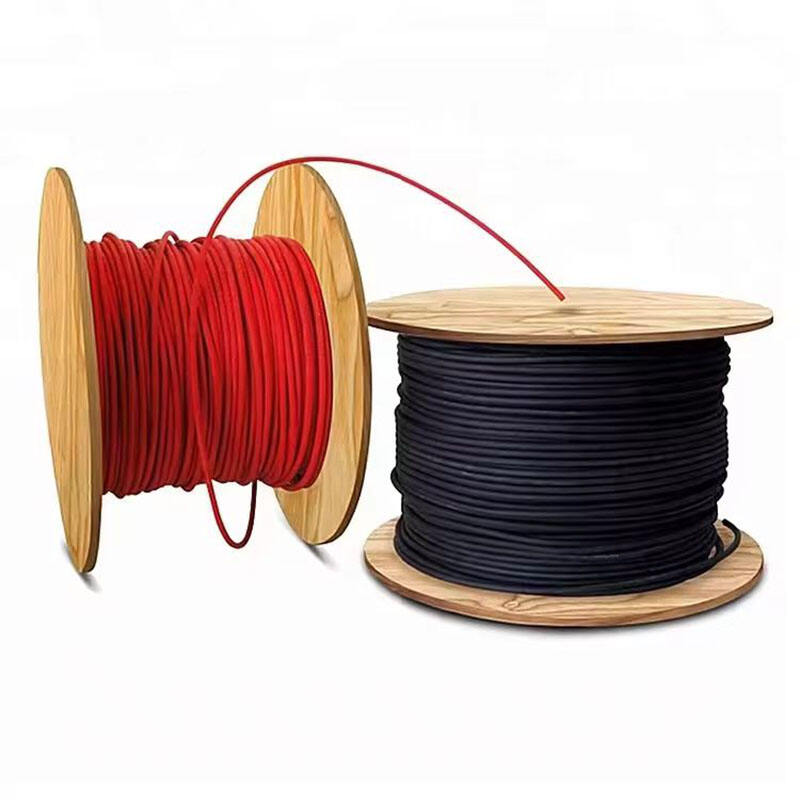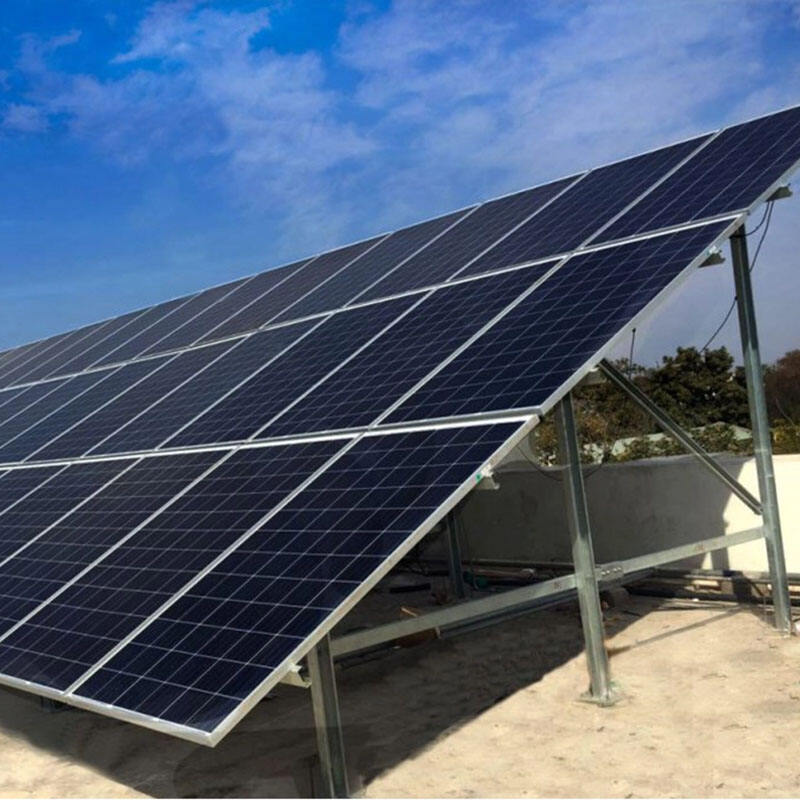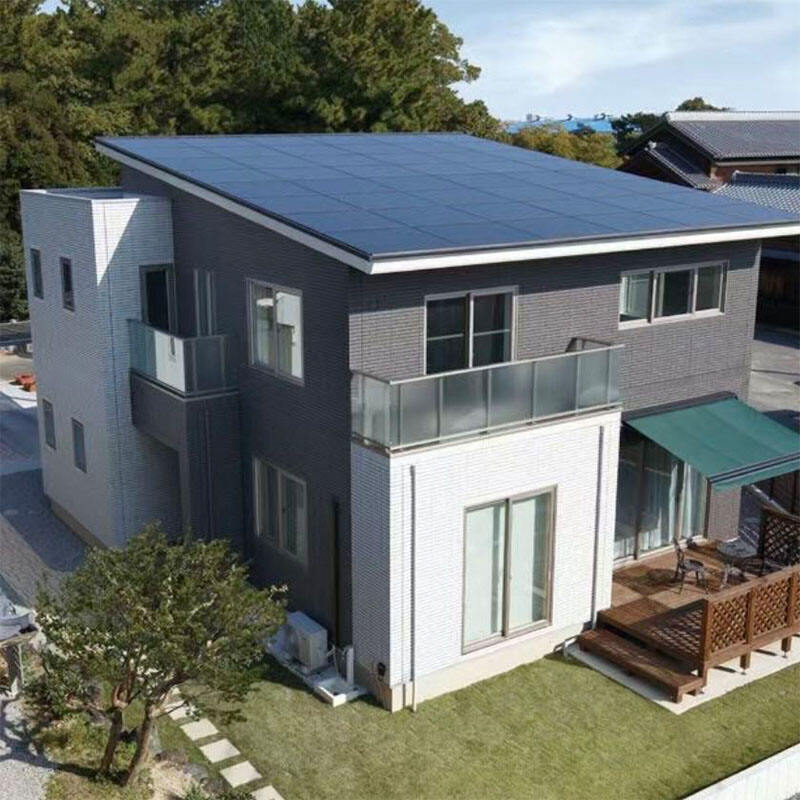Hybrid Solar Power Systems
- Overview
- Related Products
Product Brief Description:
The hybrid solar power system integrates solar panels, batteries, and a secondary power source to create a versatile and robust energy solution. It uses solar energy as the primary source and automatically switches to the secondary source when solar power is insufficient. The system includes advanced components like inverters, charge controllers, and energy management systems to efficiently manage and distribute power. These systems are suitable for residential, commercial, and industrial applications where energy reliability and efficiency are critical.
Parameter Specification:
|
Parameter |
Specification |
|
Solar Panels |
Monocrystalline, Polycrystalline |
|
Battery Type |
Lithium-ion, Lead-acid, AGM |
|
Inverter Type |
Hybrid inverter (supports both grid-tie and off-grid modes) |
|
System Voltage |
12V, 24V, 48V |
|
Power Output |
1kW to 10kW+ |
|
Charge Controller |
MPPT, PWM |
|
Battery Capacity |
100Ah to 1000Ah+ |
|
Mounting System |
Roof-mounted, Ground-mounted |
|
Secondary Power Source |
Grid, Generator |
|
Monitoring |
Remote monitoring options available |
|
Warranty |
5-25 years on components |
|
Standard |
ISO 9001:2015, ISO 14001:2015,ISO 45001:2018 |
Key Features:
Continuous Power Supply: Ensures an uninterrupted power supply by combining solar energy with a secondary power source.
Energy Storage: Includes batteries to store excess solar energy for use during nighttime or low sunlight conditions.
Efficiency: Optimizes energy usage by prioritizing solar power and seamlessly switching to backup sources when needed.
Versatility: Suitable for various applications, including residential, commercial, and industrial.
Advanced Monitoring: Equipped with smart energy management systems for real-time monitoring and control.
Cost Savings: Reduces electricity bills by maximizing the use of solar energy and minimizing reliance on the grid.
Environmental Impact: Promotes the use of renewable energy and reduces carbon footprint.
Applications:
Residential homes
Commercial buildings
Industrial facilities
Remote locations with unreliable grid power
Emergency backup power

